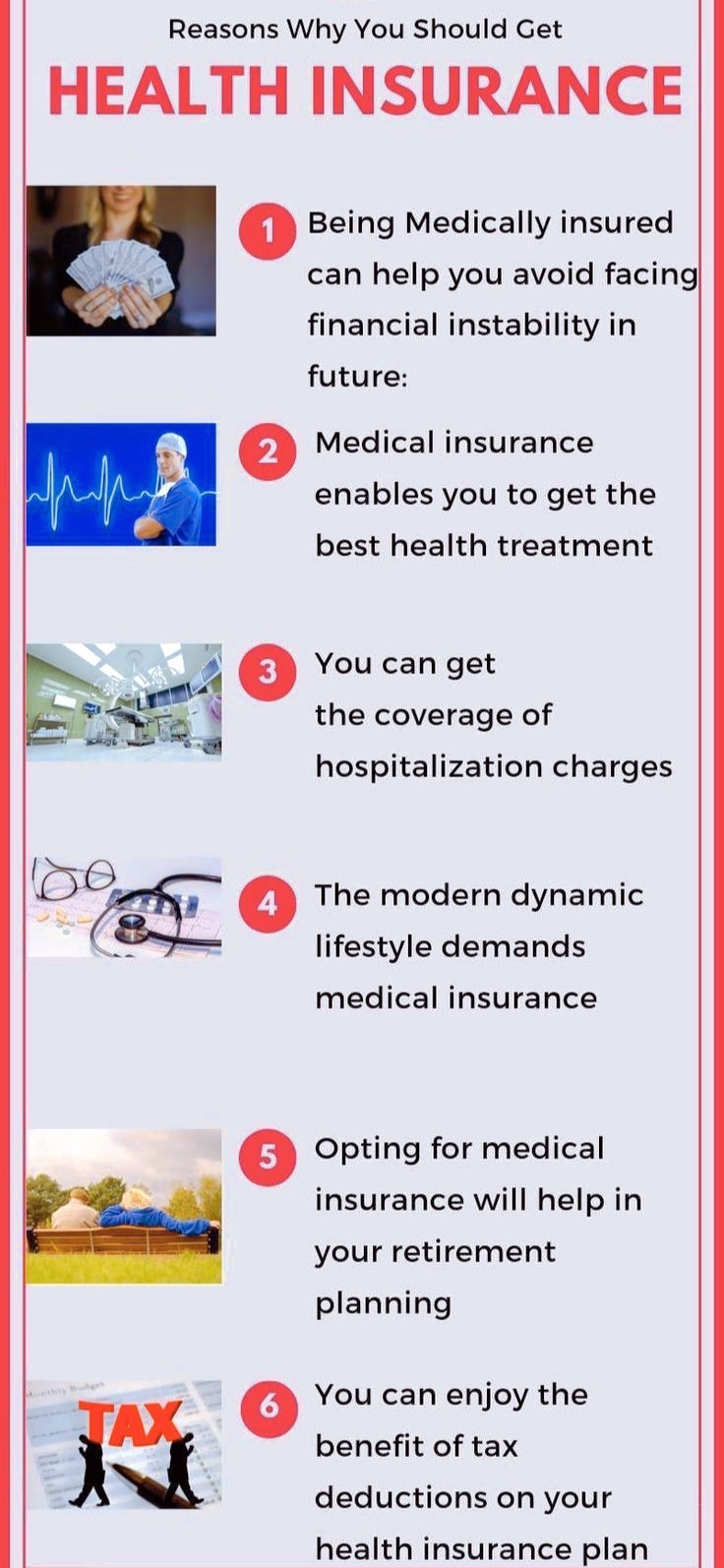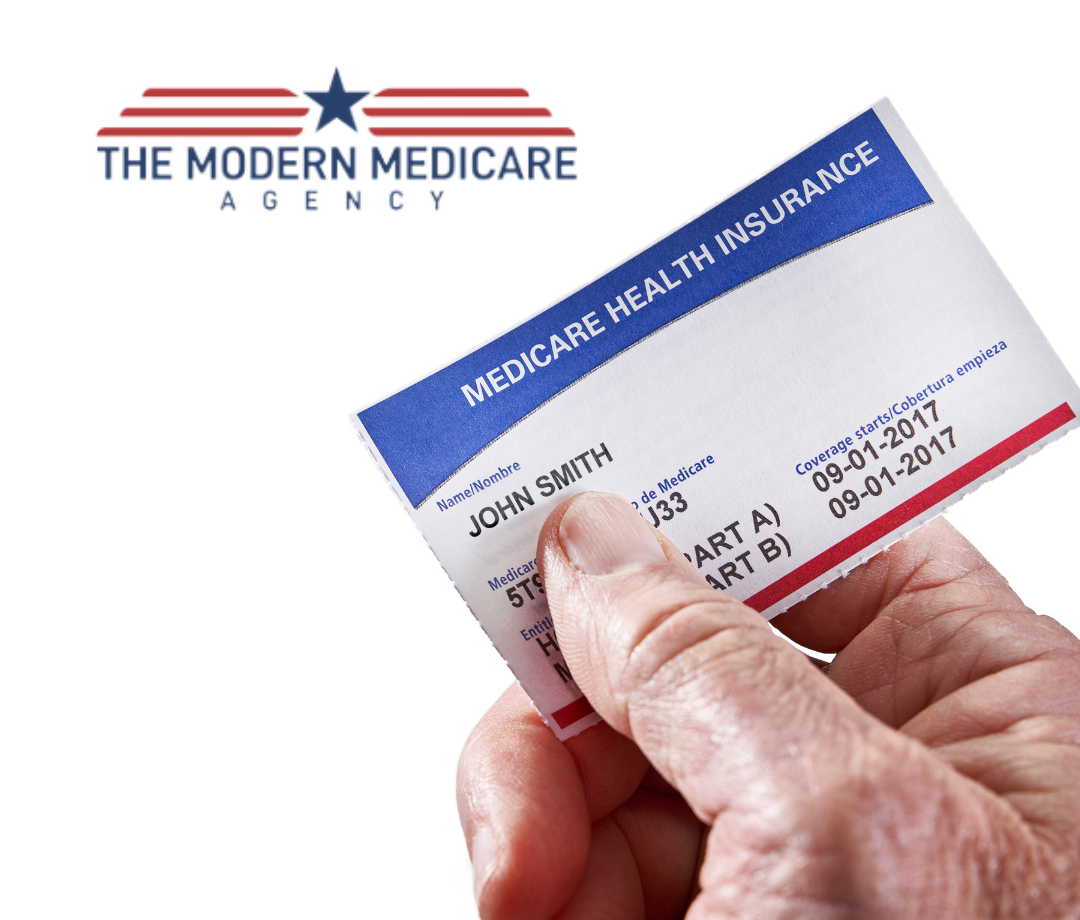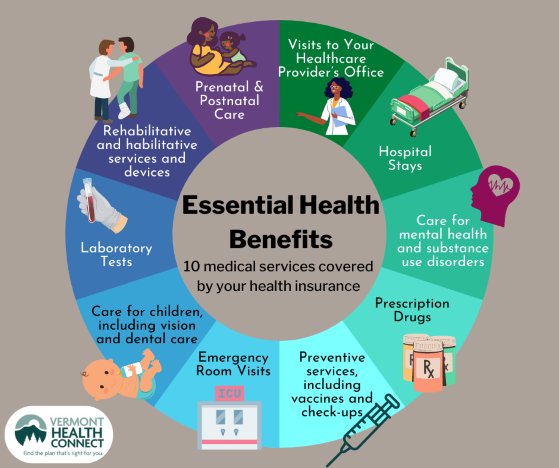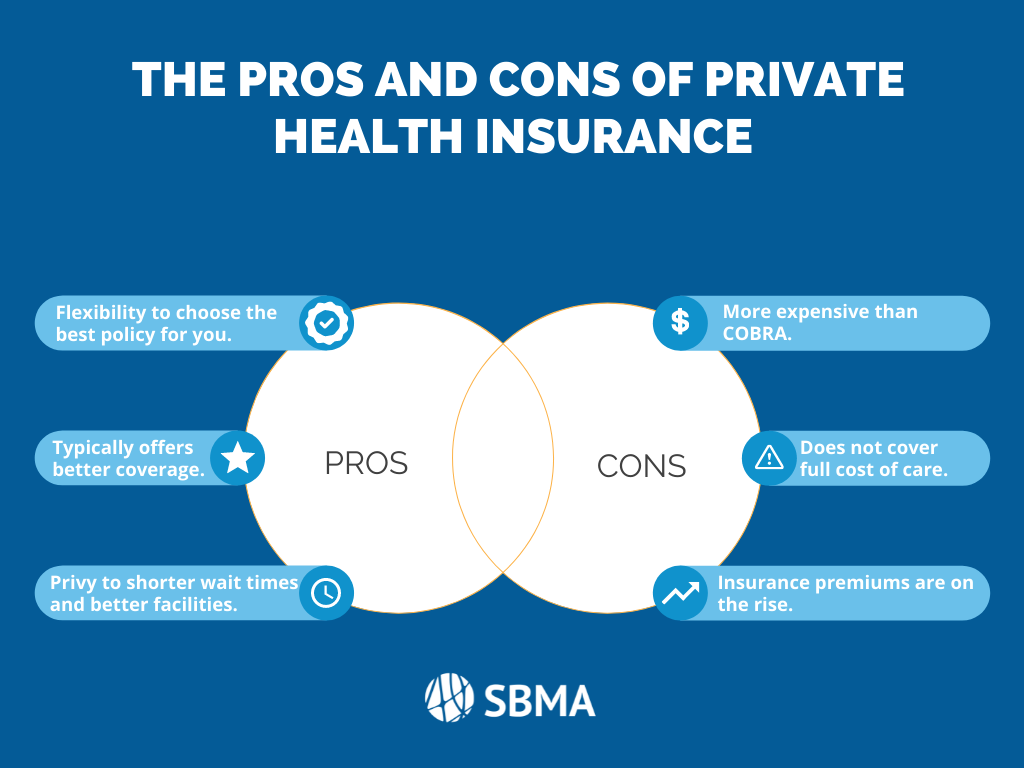The Single Strategy To Use For Medicare Advantage Agent
Table of ContentsUnknown Facts About Medicare Advantage AgentWhat Does Medicare Advantage Agent Mean?A Biased View of Medicare Advantage Agent


follows from complies with the perplexing young fairly profile of account uninsured with without insurance better healthMuch better on average, standard younger personsMore youthful For those without access to workplace health insurance coverage, inadequate health and wellness is a possible obstacle to buying nongroup protection due to the fact that such insurance coverage may be very valued, exclude pre-existing conditions, or be simply unavailable. Unless or else kept in mind, national estimates of individuals without wellness insurance policy and proportions of the population with various kinds of insurance coverage are based on the CPS, the most commonly made use of source of estimates of insurance policy coverage and uninsurance prices.

4 Easy Facts About Medicare Advantage Agent Explained
Over a three-year period beginning early in 1993, 72 million individuals, 29 percent of the U.S. population, were without insurance coverage for at the very least one month. Within a single year(1994), 53 million individuals experienced at the very least a month without protection(Bennefield, 1998a). 6 out of every ten without insurance adults are themselves used. Functioning does enhance the likelihood that one and one's family members will certainly have insurance policy, it is not a warranty. Even members of family members with 2 full time wage income earners have almost a one-in-ten possibility of being without insurance (9.1 percent without insurance rate)(Hoffman and Pohl, 2000 ). The connection between health insurance policy and accessibility to care is well established, as recorded later on in this phase. Although the relationship in between medical insurance and health and wellness end results is neither direct nor basic, a comprehensive medical and health and wellness solutions study literary works links wellness insurance policy protection
to better access to care, far better high quality, and boosted individual and population health and wellness status. For instance, the 2nd record, on personal health end results for uninsured grownups, is stood for by the inner circle of the figure, while the 3rd report, on family health, incorporates the topics of the second record however highlights a various system of analysis, namely, the family. The sixth report in the collection will provide info regarding methods and campaigns embarked on in your area, statewide, or across the country to deal with the absence of insurance and its damaging effects. Degrees of analysis for examining the impacts of uninsurance. This conversation of health and wellness insurance protection focuses largely on the united state population under age 65 because virtually all Americans 65 and older have Medicare or various other public coverage.
It concentrates especially on those without any health insurance coverage for any type of size of time. The issues dealt with by the underinsured are in some aspects similar to those faced by the without insurance, although they are generally much less extreme. Uninsurance and underinsurance, nevertheless, include definitely different policy problems, and the methods for addressing them may vary. Throughout this research study and the five reports to comply with, the major emphasis is on individuals without medical insurance and hence no assistance in spending for healthcare past what is offered through charity and safety internet organizations. Medical insurance is an effective variable impacting receipt of treatment since both learn this here now clients and physicians react to the out-of-pocket price of services. Health insurance, however, is neither essential nor enough to get to clinical solutions. Nonetheless, the independent and direct result of health and wellness
insurance protection on access to wellness solutions is well established. Others will get the healthcare they require also without medical insurance, by spending for it out of pocket or seeking it from service providers that provide treatment totally free or at extremely subsidized prices. For still others, health insurance policy alone does not make sure invoice of care due to various other nonfinancial obstacles, such as a lack of healthcare carriers in their neighborhood, minimal accessibility to transportation, illiteracy, or etymological and social differences. Formal research regarding without insurance populaces in the USA dates to the late 1920s and early 1930s when the Committee on the Expense of Medical Treatment produced a series of reports regarding financing medical professional office visits and hospital stays. This issue became significant as the varieties of clinically indigent climbed throughout the Great Depression. Empirical research studies consistently support the link between accessibility to care and enhanced health and wellness results(Bindman et al., 1995; Starfield, 1995 ). Having a regular resource of care can be considered a forecaster of gain access to, rather than a direct procedure of it, when health results are themselves made use of as access signs. This extension of the notion of access dimension was made by why not try this out the IOM Board on Monitoring Gain Access To to Personal Health And Wellness Care Services(Millman, 1993, p. Whether moms and dads are insured appears to affect whether or not their kids obtain treatment along with just how much careeven if the kids themselves have insurance coverage(Hanson, 1998). The health of moms and dads can affect their capability to take care of their kids and the degree of family members stress. Worrying regarding their kids's accessibility to care is itself a resource of tension for parents. Three phases follow in this record. Phase 2 provides an overview of just how employment-based health insurance coverage, public programs and individual insurance coverage run and communicate to offer extensive yet incomplete protection of the U.S. population. This consists of an evaluation of historic trends and public plans affecting both public and private insurance policy, a discussion of the interactions among the different kinds of insurance policy, and an examination of why individuals relocate from one program to one more or wind up
